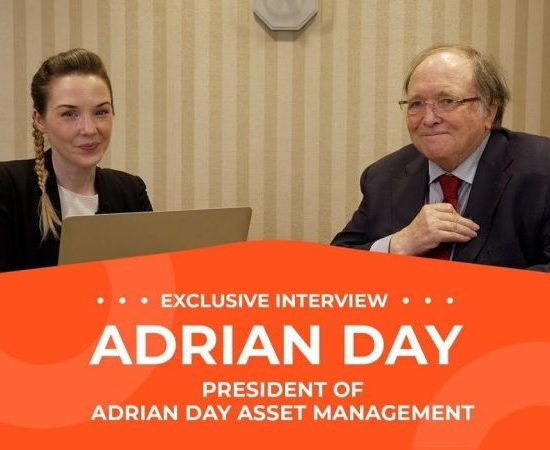Ross Norman, a respected gold market commentator, has asserted that China’s role has been pivotal in driving the record highs in gold prices. This claim is based on an in-depth understanding of China’s growth and its potential effects on the gold markets worldwide. This article delves not only into Norman’s rationale behind why China could potentially have fueled these record-breaking numbers, but also explores what may happen next to this precious metal market.
Firstly, an overview of Ross Norman’s credibility in the gold industry is crucial to understanding the significance of his assertions. As a seasoned gold market analyst and co-founder of MetalsDaily.com, Norman utilizes his extensive knowledge, experience, and understanding of the market to provide astute insights. He has attained recognition as the most accurate gold forecaster within the London Bullion Market Association over the past two decades.
According to Norman, China’s rapid economic ascent has fueled the parallel rise in gold prices. As the world’s second-largest economy, China’s national reserves are primarily in US dollar-denominated assets, exposing the country to the dollar’s potential depreciation. To mitigate this, China has been diversifying its reserves by increasing its gold holdings. This factor drives significant demand, therefore contributing to gold’s surge in prices.
Moreover, China’s burgeoning middle class has also been a factor working in favor of gold. As incomes rise, there’s a surge in interest in gold as a form of investment and security against potential economic downturns. The cultural significance of gold in China, as a traditional form of savings and gift-giving, further propels its demand.
Another viewpoint proposed by Norman is correlated to the Chinese government’s regulations and reforms. By liberalizing the gold market and allowing private ownership of gold, the Chinese government has indeed made it more accessible for the masses to invest in the yellow metal.
Looking forward, based on Norman’s analysis, several potential scenarios could influence the price of gold. The continued economic growth of China is undoubtedly a factor that could contribute to the further inflation of gold prices. If China persists in diversifying its reserves and encouraging its population to buy more gold, this trend is set to continue.
However, he cautions that such a situation would be dependent on various macroeconomic factors within China. Any major upheavals in China’s economic landscape, such as a slowdown in growth or significant changes in government policy, could lead to a drop in demand for gold, potentially leading to a reduction in its global prices.
In summary, Ross Norman’s analysis elucidates how the growth of China has contributed to the record highs of gold prices. The question of what now? depends heavily on China’s future economic and regulatory trajectory. This will continue to determine China’s gold buying habits, consequently influencing the global gold prices. Drawing on his decades-long expertise, Norman provides an enlightening perspective on the dynamics at play in the ever-challenging gold market.




